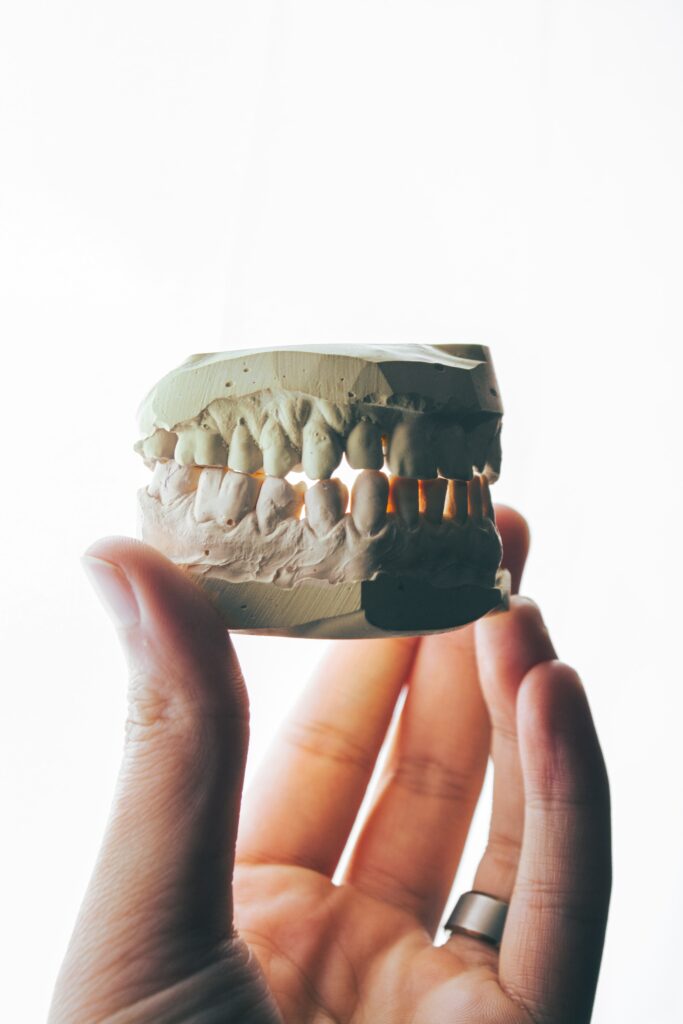Temporomandibular Joint Disorder (TMJ) is a condition that affects the joint that connects the lower jaw to the skull. It can cause a variety of symptoms, including pain, popping or clicking sounds in the jaw, and difficulty opening or closing the jaw. Physical therapy is an effective treatment option for TMJ, as it can help to improve function and relieve pain.
There are many possible causes of TMJ, including:
- Trauma to the jaw: Injury to the jaw can lead to TMJ.
- Arthritis: Inflammation in the joint can cause pain and stiffness.
- Stress: Tension in the jaw muscles can lead to pain and limited jaw movement.
- Teeth grinding or clenching: Constant grinding or clenching of the teeth can put excessive stress on the jaw joint.
Physical therapy for TMJ typically includes a combination of exercises and manual therapy. Treatment may include:
- Stretching exercises: Physical therapists may teach patients exercises to stretch the jaw muscles and improve range of motion.
- Strengthening exercises: Physical therapists may teach patients exercises to strengthen the jaw muscles and improve function.
- Manual therapy: Physical therapists may use techniques such as massage, mobilization, and manipulation to improve mobility in the jaw and reduce pain.
- Education on proper jaw mechanics: Physical therapists may teach patients how to use their jaw correctly and safely to prevent future problems.
- Physical therapy is not the only treatment option for TMJ, it should be combined with other options such as medication, psychological therapy, or occupational therapy. It’s also important to consult with a doctor or a therapist before starting any physical therapy program.
In addition to treatment, physical therapists can also teach patients ways to prevent future TMJ problems. This may include:
Stress-reduction techniques: Stress and tension can lead to muscle tension and pain in the jaw.
Proper jaw posture: Maintaining good posture and proper jaw mechanics can help to prevent pain and future problems.
In conclusion, TMJ is a condition that affects the joint that connects the lower jaw to the skull. It can cause a variety of symptoms, including pain, popping or clicking sounds in the jaw, and difficulty opening or closing the jaw. Physical therapy is an effective treatment option for TMJ, as it can help to improve function and relieve pain. Treatment may include stretching and strengthening exercises, manual therapy, and education on proper jaw mechanics. It’s important to work with a physical therapist to develop a personalized treatment plan that addresses your specific needs and goals, and also to combine it with other treatment options. It’s also important to learn how to prevent future TMJ problems and to make lifestyle changes that support the healing process.


